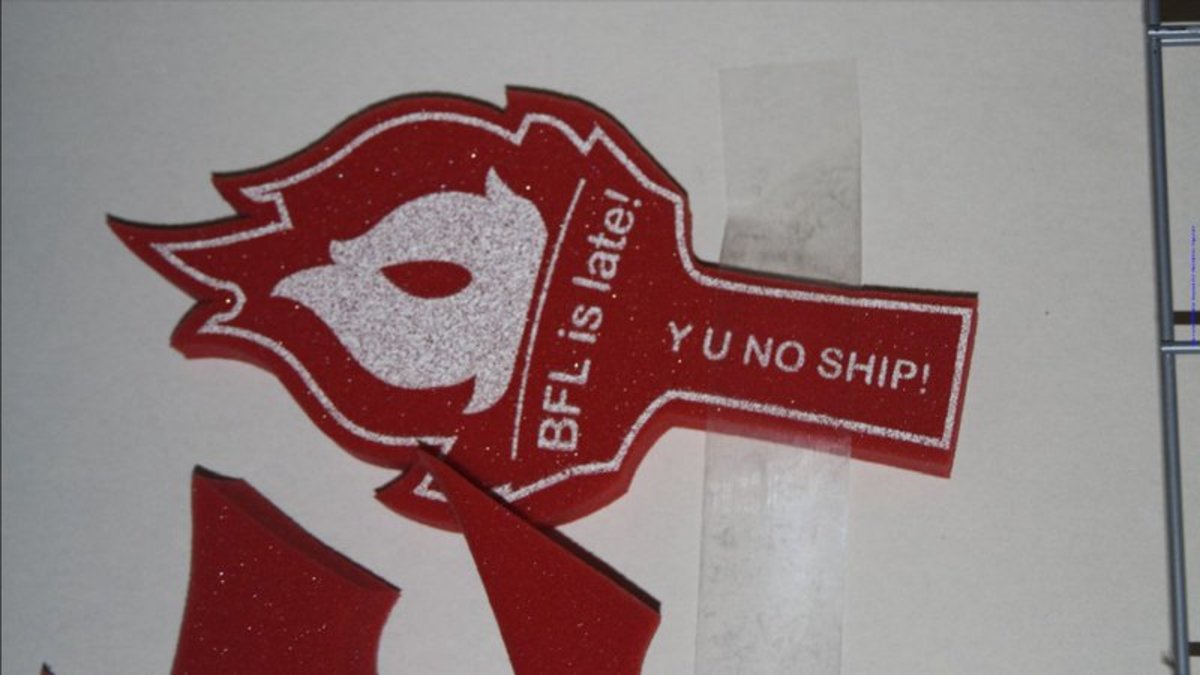
Amid theFTC injunction of Butterfly Labs additional insight was gleaned about the operations of the company.Butterfly Labs (BFL) sells high-performance computers that are designed solely for mining Bitcoin. BFL operated primarily on a pre-order basis that meant customers knew they would be ordering a product that would not be ready for some time–but customers were not forewarned of the wait time which according to the FTC would include“delays ranging from from six months to one year.” In the world of mining, time of delivery is one of the crucial factors that miners consider before deciding to invest their hard earned money in mining equipment at any price point.
The nature of the Bitcoin network makes mining rig delivery time such an important factor for mining investments because the Bitcoin difficulty level, or total mining processing power of the Bitcoin payment validation network, determines how easy it will be for miners to compete for bitcoins among other prospectors. Receiving mining equipment with processing power and power efficiency as advertised—and receiving the equipment as quickly as possible–is key in successful mining ventures. If mining equipment is received late, the investor could incur considerable losses because the mining difficulty level of the Bitcoin network goes up exponentially as more high-powered miners come online—thereby making older, less-powerful mining equipment nearly obsolete and unprofitable.
The FTC claimsBFL failed to reasonably project accurate timelines during which the customers would receive their purchased mining equipment by which in turn the profitability of the mining rigs may have been reduced. In part, the FTC believes a Return on Investment (ROI) calculator, provided on BFL social media sites and on a company linked blog,might have contributed to incorrect profitability estimates of mining rigs. For example, the ROI calculator estimated mining profitability of mining equipment by using the delivery date and figures such as, mining equipment power consumption, Bitcoin difficulty level, and processing power of the mining equipment. It is possible that the use of incorrect data used in the ROI calculator could have been one of the deciding factors that helped entice customers make their final decision to purchase mining equipment–based on the ROI profitability results.
Samuel Johnston, first a BFL customer in 2012 and later a BFL employee in 2013, wasaware of changes in BFL hardware specifications with his firsthand experience of purchasing theBFL $15,000+ mini-rig back in July of 2012. Instead of receiving his rig as one complete unit as pictured in the BFL advertisement, according to Johnston’s FTC testimony he “[received] three separate . . . machines in separate boxes with separate power supplies,” and he further stated “as a result, it consumed six to seven times more power than advertised.” Johnston also stated as part of his FTC testimony as the former Head Burn-in Technician at BFL, the company tested customers mining equipment for quality control in a manner that tested, or burned in, customers’ machines “longer than the usual ten to 30 minutes,” on the actual Bitcoin network instead of on the Bitcoin test network. Johnston said three rooms were filled with customers’ mining equipment being burned-in with units sometimes for as long as two days.Johnston also stated he learned from co-workers “. . . the burn-in process was set up to mine bitcoins for the company’s benefit,” and after asking the BFL production manager about the reasoning behind the practice Johnston described the conversation thusly: “when I asked Mark [the production manager] why the machines were not tested on the testnet, he responded that there was no point in doing so because the company would not make any money from the testing.”
It is not clear if the burn-in bitcoins were being allocated to BFL research and development purposes, but contrary to this notion when BFL introduced one of their new product lines they did ashort question and answer section that included the following question: “Why don’t you guys mine? This is a popular question. The answer is pretty simple. Hardware is the focus of our passion. We’re hardware designers.” If the mining were done in a transparent manner with clearly stated intentions for what the funding would be put towards, it is possible consumers may have embraced the practice. However, it should be made clear that customers would have to compete with the BFL burn-in miners on the Bitcoin network as a result—with the possibility of BFL burn-in miners increasing the Bitcoin difficulty level for customers’ own mining operations. According to Johnston, the collective power of themining rigs being tested at BFL equaled around 3 of the processing power of the entire Bitcoin network in August 2013.
BFL seems to be no stranger tocustomer complaints. The FTC claimed some customers ordered BFL mining equipment thatwas never delivered, delivered but arrived so late customers would have realized little profit, or was refunded after escalating complaints through payment processors. Some customers had to go even as far as filing lawsuits against BFL just to receive a refund. For some customers, the BFL refund process became something of a mysterious process, with some customers having no problem receiving a timely refund, while others had not received a refund—instead being stonewalled by BFL after trying to inquire about a refund. Somecustomers even resorted to posting in forums on how to effectively receive a refund from BFL with successful word-for-word escalation scripts of their refund experiences with payment processors for the benefit of other BFL customers facing refund difficulties.
The FTC injunction of BFL also revealed some insight on what may be perhaps a view of the BFL culture. In medieval fashion, BFL chose tocreate foam torches and pitch forks with the phrases “BFL is late!” and “Y U NO SHIP?” written on them that seem to deride their customers. They presumably served as the proverbial foam finger showing perhaps not only the spirit of the BFL corporate culture, but possibly the company’s relationship with its customers.
FTC finds foam torches and pitchforks at a BFL Facility. The comments written on the foam spirit products seem to deride customers and describe the corporate culture of BFL. (FTC Photos)
As of October 2nd, the FTC granted BFL the ability toresume its operations on a limited, restricted basis. Despite the FTC freeze on all BFL assets in the states and abroad, one FTC lawyer said thelimited reopening of BFL will help to bridge possible funding gaps if there is a need for customer recompense. If the allegations put forward by the FTC turn out to be warranted, then BFL may have to implement sweeping changes to vie for the leading position in the ever-evolving mining industry.
Going forward, it seems those mining hardware companies that have a stronghold in consumer confidence and consistently deliver mining equipment that offers high value to its customers will likely be the next leaders in the cryptocurrency mining industry. Despite negative sentiments in the mining industry from the recent allegations as of late, investors will continue to vote for companies that align with values they hold important, and they will support those companies that do–through their purchases. The companies that can match technological prowess with an equal share of business acumen will be positioned to reap generous rewards in the coming years.









